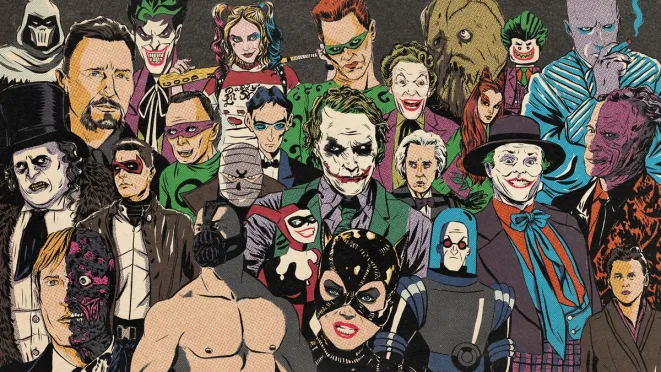radicalthought.org – In the realm of storytelling, whether through literature, film, or folklore, the presence of villains and rogues is as essential as the heroes they oppose. These characters, often the epitome of dangerous men, captivate audiences with their cunning, charisma, and capacity for chaos. They are the catalysts for conflict, the architects of intrigue, and the embodiment of the darker aspects of human nature. This article delves into the allure and significance of these dangerous men, exploring their roles in narrative arcs and their impact on the collective imagination.
The Allure of Villains and Rogues
Villains and rogues hold a peculiar fascination for audiences. They are the wild cards, the unpredictable elements that introduce tension and excitement into the narrative. Their motivations, often complex and multifaceted, range from a lust for power to a desire for revenge or a simple love of chaos. This complexity makes them intriguing, as they challenge the audience to understand the darker impulses of human nature.
Moreover, villains and rogues often possess a charisma that is both magnetic and menacing. They are the masters of persuasion, able to rally followers to their cause or manipulate others to their ends. This charisma, combined with their intelligence and resourcefulness, makes them formidable opponents and compelling characters.
The Role of Dangerous Men in Narratives
In storytelling, dangerous men serve several crucial roles. They are the antagonists that heroes must overcome, providing the conflict that drives the narrative forward. Their actions force the hero to grow, to face challenges, and to ultimately triumph (or not, in some cases). Without these adversaries, stories would lack tension and stakes, rendering them dull and unengaging.
Furthermore, villains and rogues often serve as mirrors to the hero, reflecting the hero’s own potential for darkness or highlighting their virtues by contrast. This dynamic adds depth to both characters, making the narrative richer and more complex.
The Impact on the Collective Imagination
The presence of dangerous men in our stories reflects our fascination with the darker aspects of human nature. They embody our fears and desires, our capacity for evil and our struggle against it. By exploring these themes through the lens of fiction, we gain insights into our own nature and the society we’ve built.
Moreover, the most memorable villains and rogues become cultural icons, influencing not just the stories that follow but also the way we perceive the world around us. They challenge our notions of good and evil, reminding us that these concepts are not always as clear-cut as we’d like to believe.
Conclusion
Villains and rogues, the epitome of dangerous men, are integral to the fabric of storytelling. They captivate us with their complexity, challenge us with their actions, and reflect the multifaceted nature of humanity. Through their stories, we explore the depths of our own psyche, confronting the darkness within and without. In the end, it is not just the heroes who shape our narratives, but also the dangerous men who dare to defy them.
